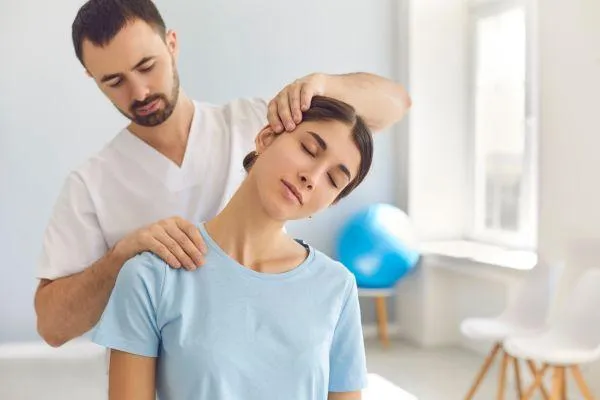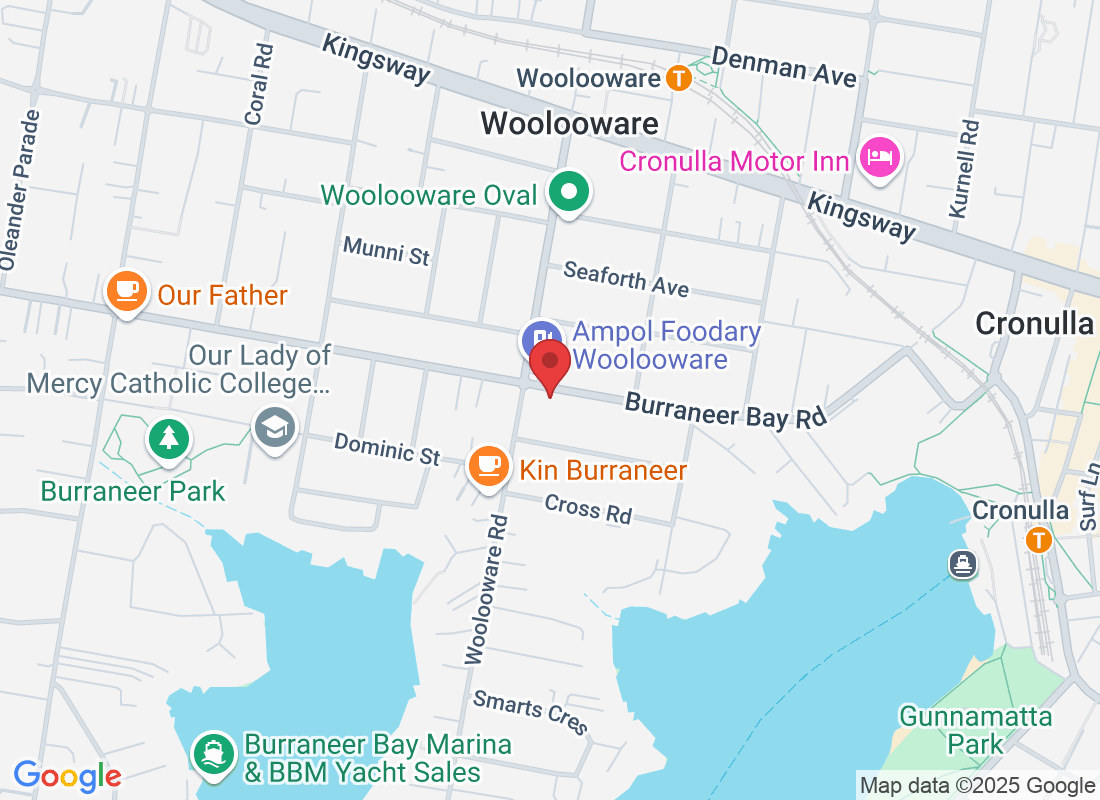
How Manual Therapy Can Help De-Sensitize the Brainstem and Reduce Headache Frequency
Headaches are one of the most common ailments people experience, but for many, they go beyond occasional discomfort. Chronic headaches, including tension headaches and migraines, can severely impact daily life, limiting productivity and overall well-being. If you’ve been struggling with frequent headaches, you may not know that manual therapy could offer effective relief.
In this blog post, we will explore the connection between neck dysfunction, the brain stem, and headaches, and how manual therapy can be used to desensitise the brain stem, ultimately reducing headache frequency and severity.
The Brain stem’s Role in Headaches
The brain stem plays a crucial role in processing sensory information, including pain signals from various parts of the body. The nerves in your neck, particularly the upper cervical spine, send sensory information to the brain stem. When the neck joints are not functioning properly—due to misalignment, stiffness, or poor posture—the brain stem can become oversensitive. This results in pain signals being exaggerated, leading to what we feel as a headache.
In individuals with chronic headaches or migraines, this sensitisation means that even minor movements or stimuli (such as turning the head or certain postures) can be interpreted by the brain as harmful, leading to frequent headache episodes.
What is Manual Therapy?
Manual therapy refers to a range of hands-on techniques used by physiotherapists to treat musculoskeletal issues. It involves manipulating, mobilising, or massaging joints, muscles, and soft tissues to improve movement, reduce pain, and restore proper function. Common manual therapy techniques include:
Joint mobilisation: Gentle movements to improve joint movement and function.
Massage therapy: Targeted techniques to relax tight muscles and relieve muscle tension.
Soft tissue mobilisation: Techniques that address muscle and fascia stiffness to improve mobility and relieve pain.
The goal of manual therapy is to address dysfunctions in the body, alleviate pain, and promote healing, especially when traditional movements or muscle function is compromised.
How Manual Therapy Can Desensitise the Brain stem
In the case of headache sufferers, the upper cervical spine (neck area) is a key area of concern. When the neck joints become misaligned or stiff, they can send incorrect pain signals to the brain stem. This process creates the hypersensitivity that triggers frequent headaches.
Manual therapy helps break this cycle by restoring proper movement and reducing joint stiffness in the neck. Here’s how it works:
Restores Proper Joint Function
Manual therapy techniques target the joints of the neck to restore proper movement. By improving the mobility of the cervical spine, physiotherapists help reduce the incorrect pain signals sent to the brain stem. This process helps to desensitise the brain stem, decreasing the likelihood of headaches being triggered.Relieves Muscle Tension
In addition to addressing joint dysfunction, manual therapy also targets muscle tension in the neck, shoulders, and upper back. Tight muscles can contribute to both neck pain and headache frequency, particularly in tension headaches. Soft tissue massage and other techniques reduce muscle tightness, further decreasing the strain on the neck and reducing headache triggers.Decreases Inflammation
Chronic pain and inflammation in the neck joints can exacerbate headache symptoms. Manual therapy reduces inflammation around the neck joints and tissues, helping to alleviate pain and reduce the frequency of headaches. This helps the body function more efficiently and without the constant pain signals that contribute to headaches.Promotes Relaxation and Stress Relief
Manual therapy is not only effective for physical tension but can also promote a sense of relaxation. Many headaches are stress-related, and manual therapy helps reduce the physical effects of stress on the body. By relieving muscle tension, improving circulation, and calming the nervous system, physiotherapists help reduce the impact of stress on headache frequency.
The Benefits of Manual Therapy for Headache Relief
Reduced Frequency of Headaches
By addressing neck dysfunction and muscle tension, manual therapy can help reduce the frequency and severity of headaches. Once the brain stem is desensitised, the likelihood of headache episodes triggered by minor neck movements or posture improves dramatically.Improved Range of Motion
Manual therapy helps improve joint and muscle mobility, allowing for a greater range of motion in the neck. This flexibility reduces the chances of triggering pain in the neck and head due to limited movement.Long-Term Relief Without Medications
Unlike medications, which often provide only temporary relief, manual therapy addresses the underlying causes of headache pain, providing long-lasting results. With regular treatment, you may find a significant reduction in headache episodes and rely less on pain medications.Better Posture and Prevention
In addition to treating headaches, manual therapy can help with posture correction. Physiotherapists can assess your posture and provide targeted exercises to improve it, reducing strain on the neck muscles and preventing further headaches.
How Physiotherapy and Manual Therapy Can Help
At Southside Physiotherapy, we specialise in treating neck pain and headaches using a combination of manual therapy techniques. Our physiotherapists work with you to assess the root causes of your headaches, then develop a personalised treatment plan that may include:
Joint mobilisation and manipulation
Muscle relaxation techniques
Posture and ergonomic education
Home exercises to maintain progress
If you’ve been struggling with chronic headaches or migraines, manual therapy may be the solution you’ve been looking for. Don’t let headaches control your life—contact Southside Physiotherapy today to schedule an appointment and start your journey toward long-term relief.



